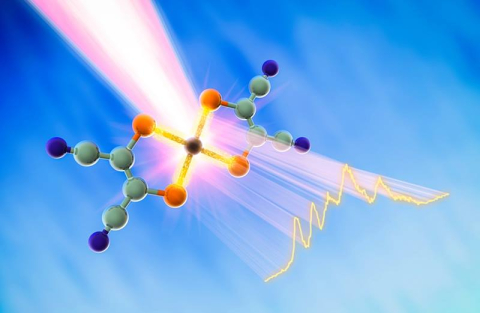
Scientists discover that bond covalency is an important property of excited states in molecules containing metal-sulfur bonds.
Scientists examine the unusual insulator-to-metal phase transition in Mn3Si2Te6.
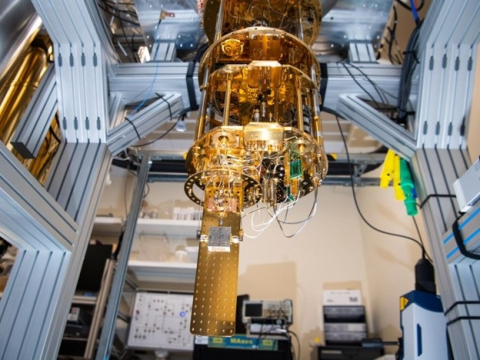
Researchers use a co-design approach to quantify performance tradeoffs in multinode superconducting quantum computers.
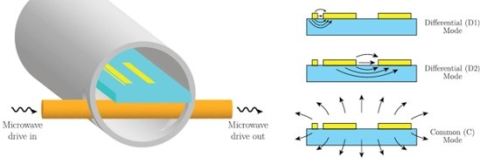
Enhancing quantum coherence through innovative materials design in superconducting circuits
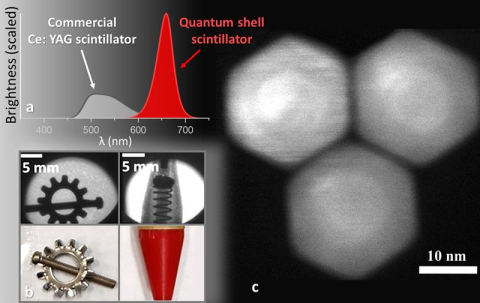
A novel type of radiation-detecting scintillator could lead to benefits for medicine, national security, and particle physics.

The shape of tiny silver seeds made of fewer than 200 atoms depends on their precise size and temperature and defines the shape of the final nanoparticle.
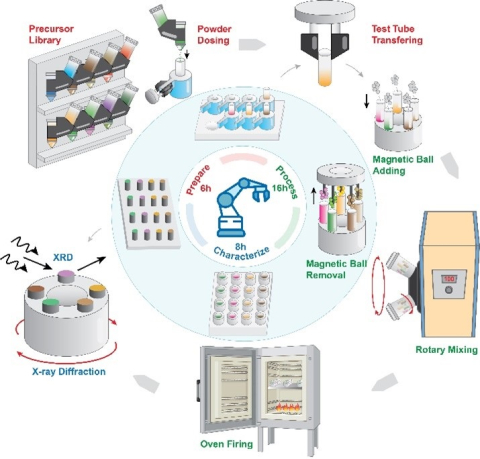
Inorganic precursors chosen based on new criteria led to higher phase purity for 32 out of 35 target materials synthesized in a robotic laboratory.
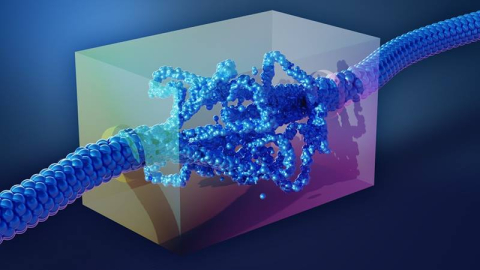
Strange metals defy the 60-year-old understanding of electric current as a flow of discrete charges.
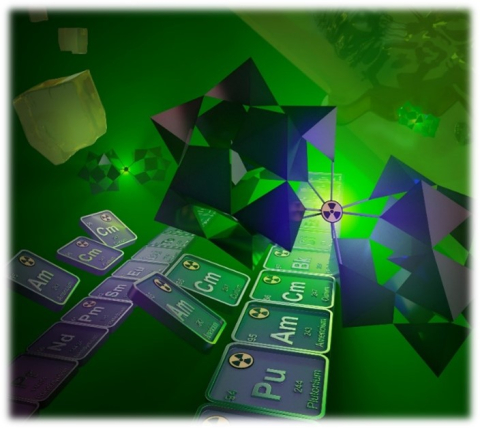
Heavy ligands, like polyoxometalates, open a new frontier in the chemistry of actinide elements.
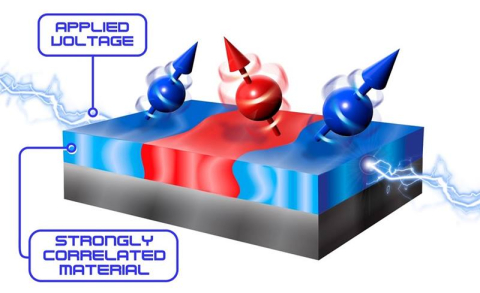
Experiments show that applied voltage can dramatically alter the magnetic properties of quantum materials.

